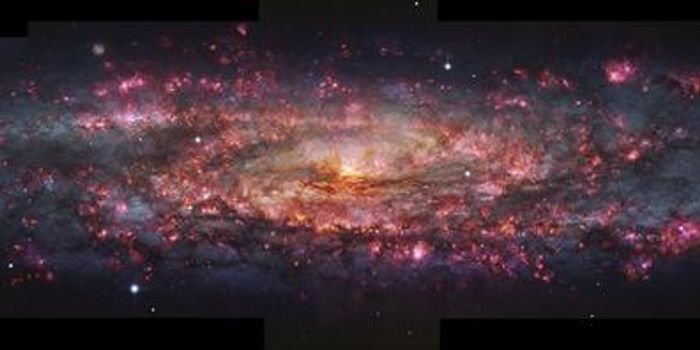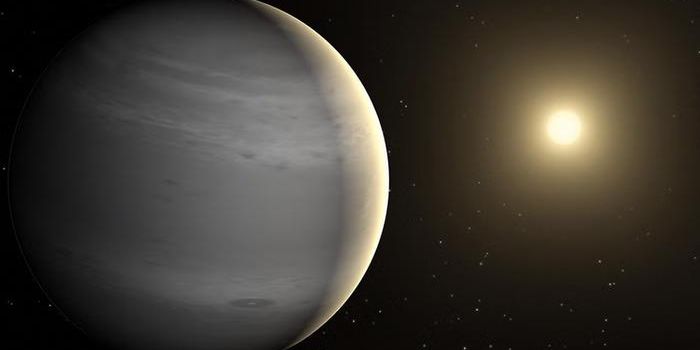Supernova With the Intensity of 100 Million Suns is Observed
It’s not too often that astronomers get the opportunity to observe supernovas; they happen at random, unpredictable times. So with that being said, it’s pretty remarkable when astronomers get the chance to study one up close.

In a study that was only recently published in The Astrophysical Journal, the death of a star that astronomers observed three years ago is talked about in great detail.
Astronomers gave the supernova, which was located in a spiral galaxy named M74 in the constellation Pisces, the name Supernova 2013ej, and were surprised to find that the supernova was “one of the closest to Earth in recent years,” providing astronomers with the front row seat they needed to study it up close.
"SN 2013ej probably lived tens of millions of years," Robert Kehoe, a co-author of the study said in a statement. "In universe time, that's the blink of an eye. It's not very long-lived at all compared to our sun, which will live billions of years. Even though these stars are bigger and have a lot more fuel, they burn it really fast, so they just get hotter and hotter until they just gobble up the matter and burn it."
The star itself, which was about 200 times the size of our Sun, only had a mass that was 15% larger than our Sun. With that being said, the star probably didn’t have a very long life and ran out of resources pretty quickly.
It’s estimated that the aftermath of the supernova had a temperature of around 12,000 Kelvin 10 days after the explosion, which compares to our Sun at just 5,800 Kelvin. Scientists watched as the supernova cooled off after the explosion. 50 days later, it had gone from 12,000 Kelvin to 4,500 Kelvin, and continues to cool off as energy and fuel is exhausted.
Despite being observed three years ago, the supernova actually occurred 30 million years ago. We’ve only just now seen the gigantic explosion because it took that light 30 million years to get from its source to Earth, which means the supernova was 30 million light years away.
These kinds of incredible demonstrations by physics help show us just how insignificant we are in this vast and infinitely-expanding universe.
Source: Southern Methodist University








